Submitted by Aspergillus Administrator on 16 September 2013
One of the prime causes of worsened respiratory disease (including aspergillosis) is tobacco smoking. Consequently one of the most effective
“Nearly 50 years ago, and before any smoking cessation aids were approved in the Western world, cytisine was being used in eastern and central Europe to help people quit smoking. An alkaloid with high affinity for the α4β2 nicotinic acetylcholine receptor subtype, cytisine is derived from the plant Cytisus laburnum. It was discovered in 1818, first isolated in 1865,1 and its actions were documented as “qualitatively indistinguishable from that of nicotine” in 1912.2 It was smoked as an accessible and cheap tobacco substitute by German and Russian soldiers during the second world war, and it was brought to market in 1964 as a cessation aid under the brand name Tabex, now produced by Sopharma, a Bulgarian drug company. “
The research data supporting the use of cytisine is insufficient in itself to enable us to recommend its use to help people quit smoking so more work is needed but here we have a problem – this substance is freely available and cheap, much cheaper than any other tobacco substitute and the data that we have suggests that it is at least as good as replacement products costing much more. Consequently there is relatively little potential profit for a drug company to carry out all of the required and meticulous work needed to formally bring this substance to market – in fact they would be costing themselves money as sales would be likely to fall of the commercial products manufactured by those companies.
The authors of this editorial in the British Medical Journal suggest that governments should fund this research in the public interest particularly in countries where incomes are low.
News archives
-
Title
Date



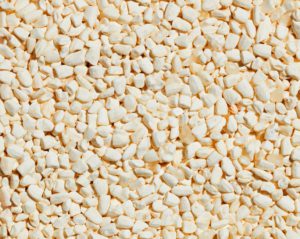


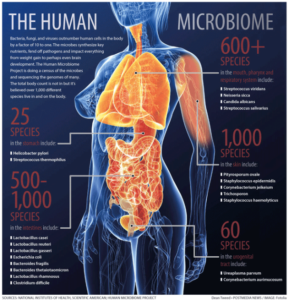

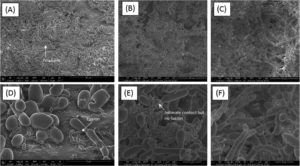
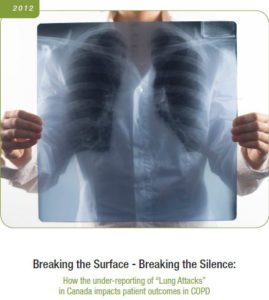
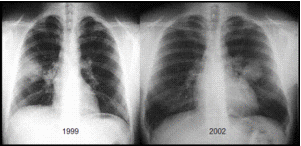
![nanopore_x616[1] nanopore_x616[1]](https://www.aspergillus.org.uk/wp-content/uploads/2016/11/nanopore_x6161_0-283x300.jpg)